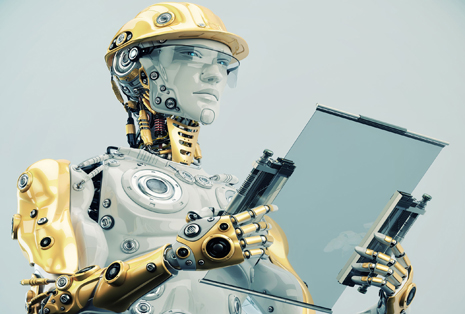
Intelligent Robots, should we be scared?
In the 1980s car manufacturers in Detroit were prophesising a future of “lights-out” manufacturing – essentially, the factory lights would be turned off and robots would be left to do all the work.
But this hasn’t really been possible, yet the smart factory is almost here thanks to technological advances and the internet of things (IoT).
The key to making this factory, and other smart factories like it, work is having the mesh of integrated technologies cooperate as an efficient whole.
As industrial automation spares supplier, European Automation, suggests in a recent blog post on its website, most factories now use processes such as laser cutting and injection moulding that operate with minimal human interaction.
Additive manufacturing machines can be left alone to print day and night once they have been given orders by humans.
These processes benefit manufacturers by minimising defects and downtime, therefore boosting efficiency.
To highlight the dawn of the smart factory, take the Siemens (IW 1000/34) Electronic Works facility in Amberg, Germany. This 108,000-square-foot high-tech facility is home to an array of smart machines that coordinate everything from the production to the global distribution of the company’s products.
The custom, built-to-order process involves more than 1.6 billion components for over 50,000 annual product variations, for which Siemens sources about 10,000 materials from 250 suppliers to make the plant’s 950 different products.
//www.youtube.com/embed/eZdrwqZnLes
A video of Siemens’ vision of the smart factory using Electronic Works Amberg as an example
Despite the endless variables within this system, a Gartner industry research study conducted in 2010 found that the plant boasts a reliability rate of more than 99 per cent, with only 15 defects in every million.
From European Automation’s point of view, an efficient automation process still relies on key parts such as drives, motors, programmable logic controllers and human machine interfaces, which, somewhat unsurprisingly, it is happy to supply.






